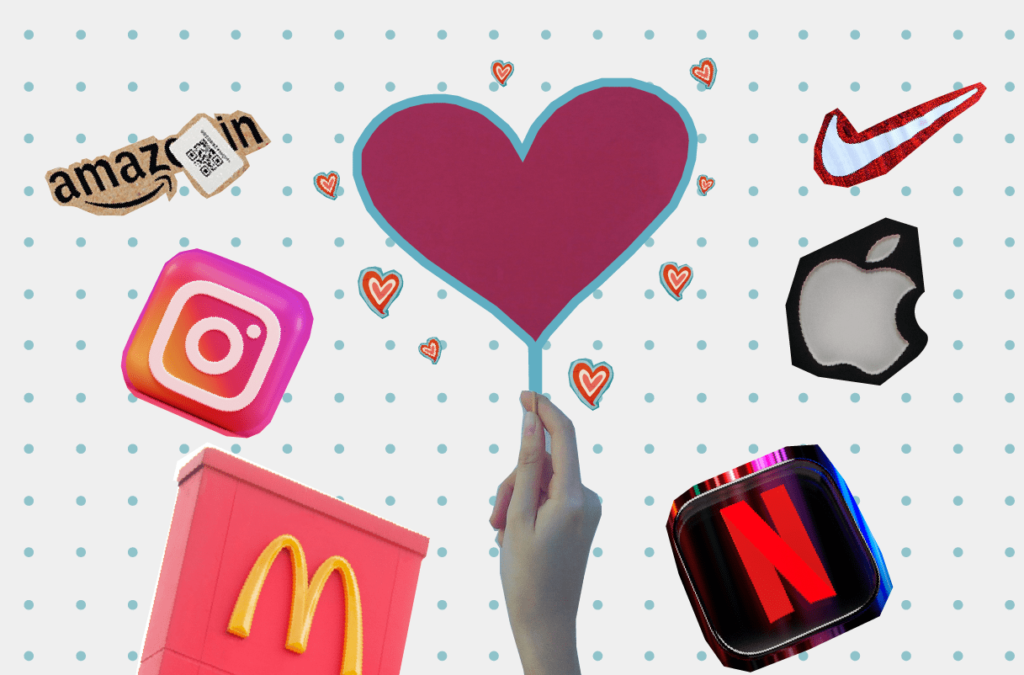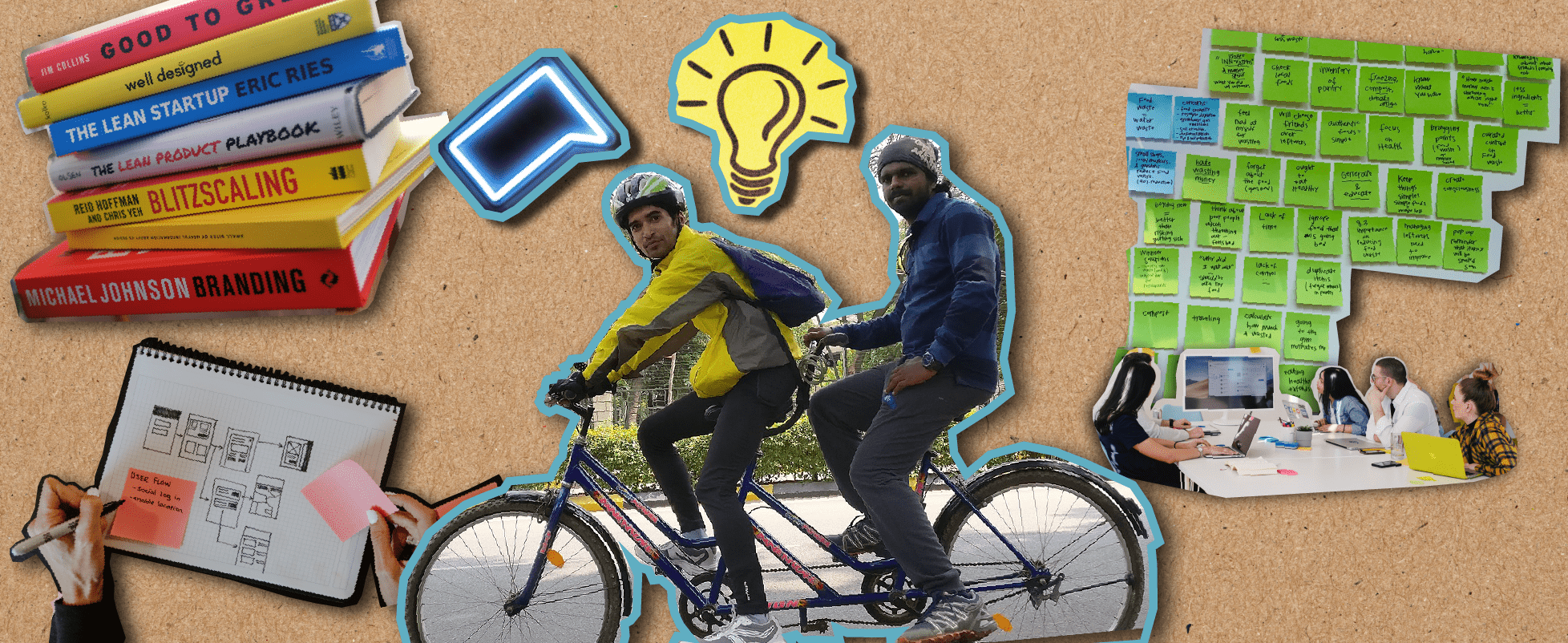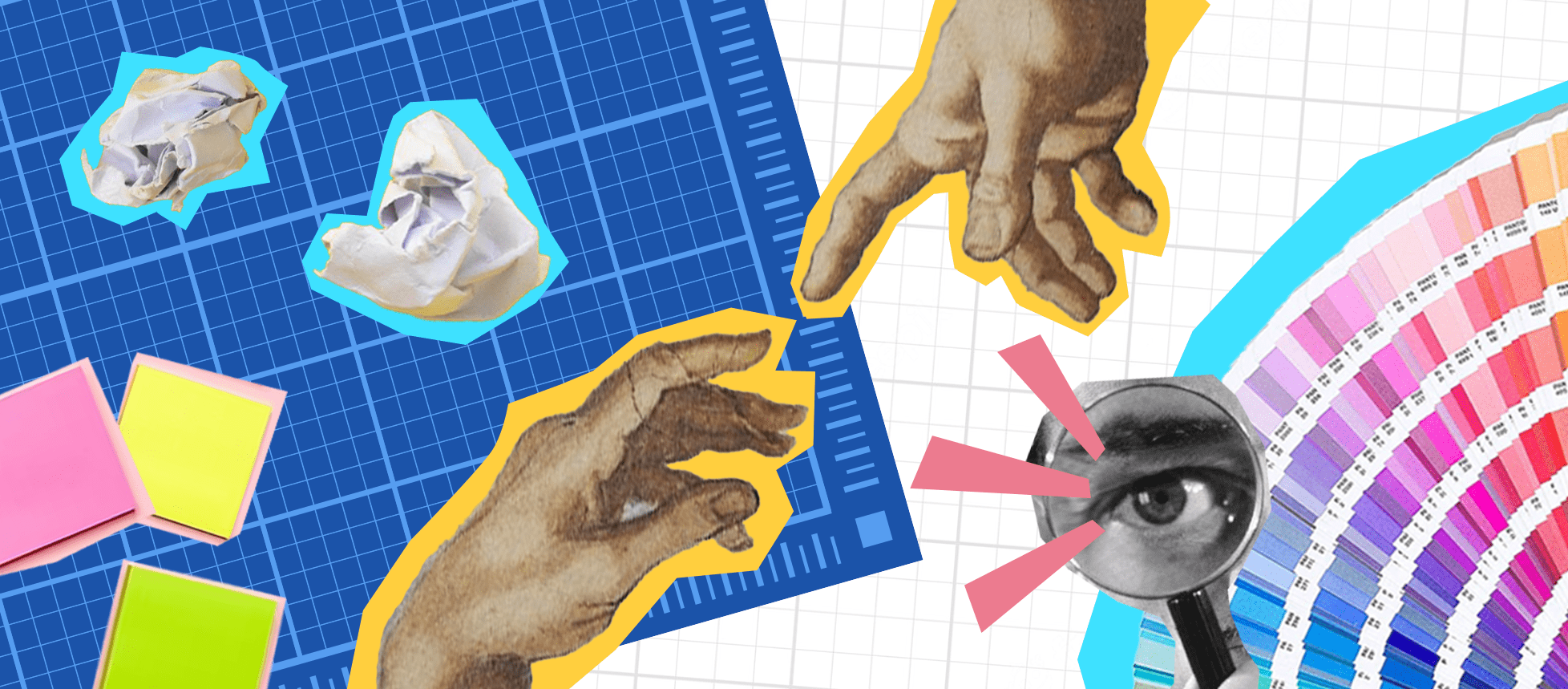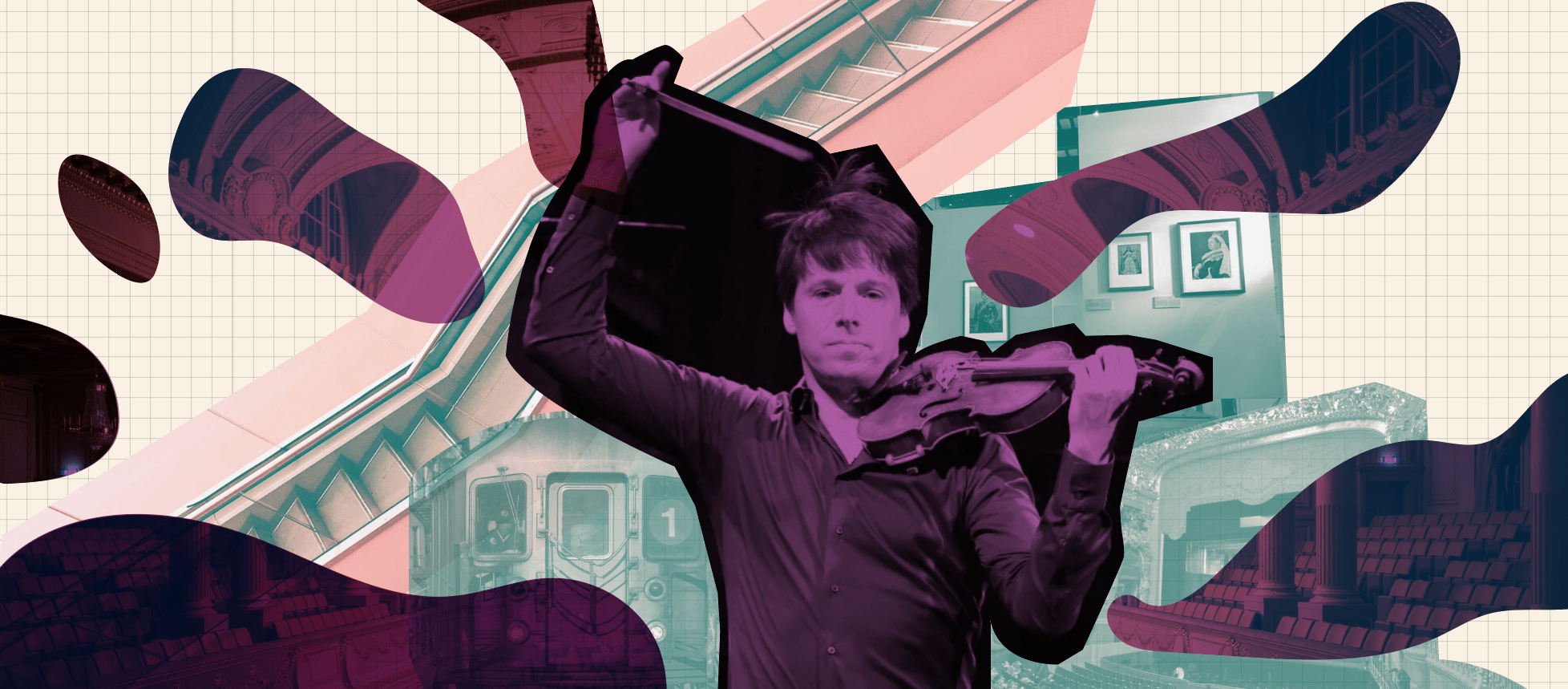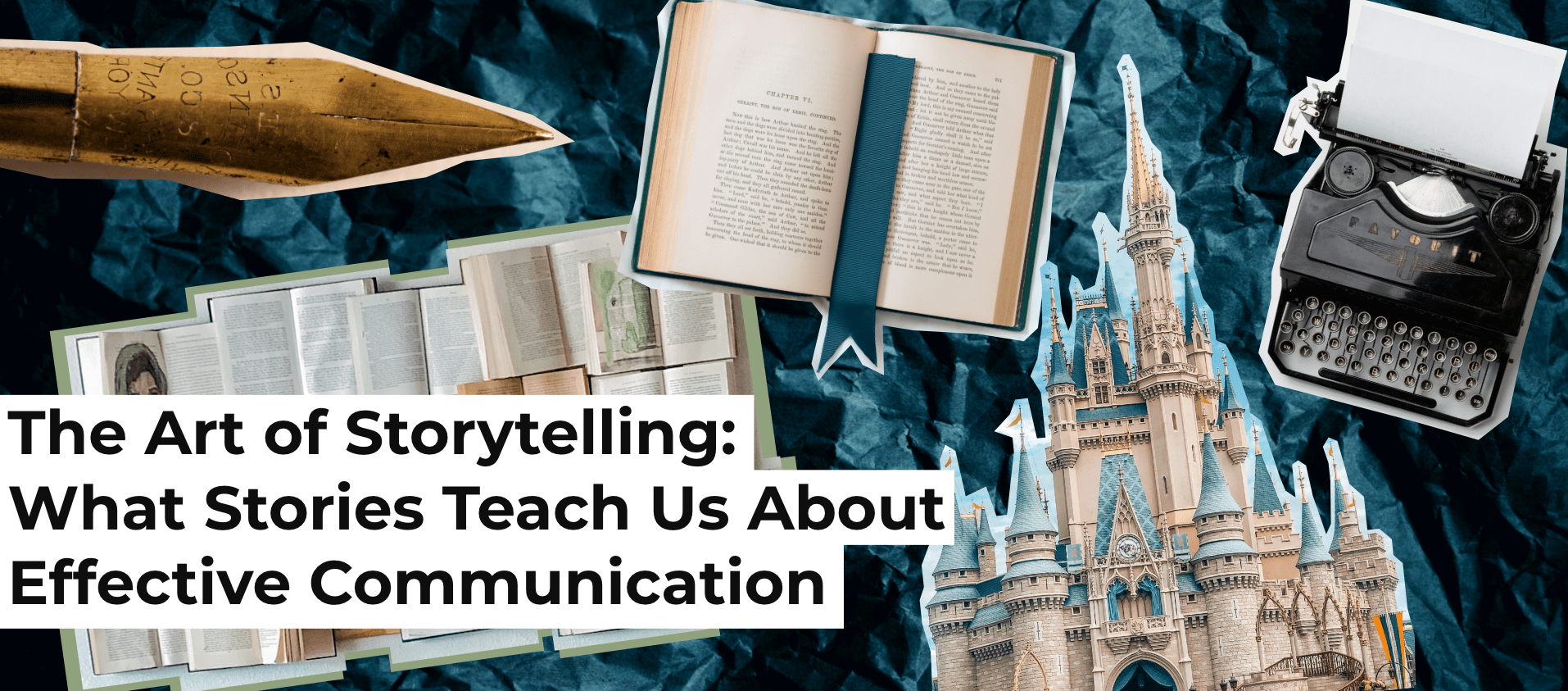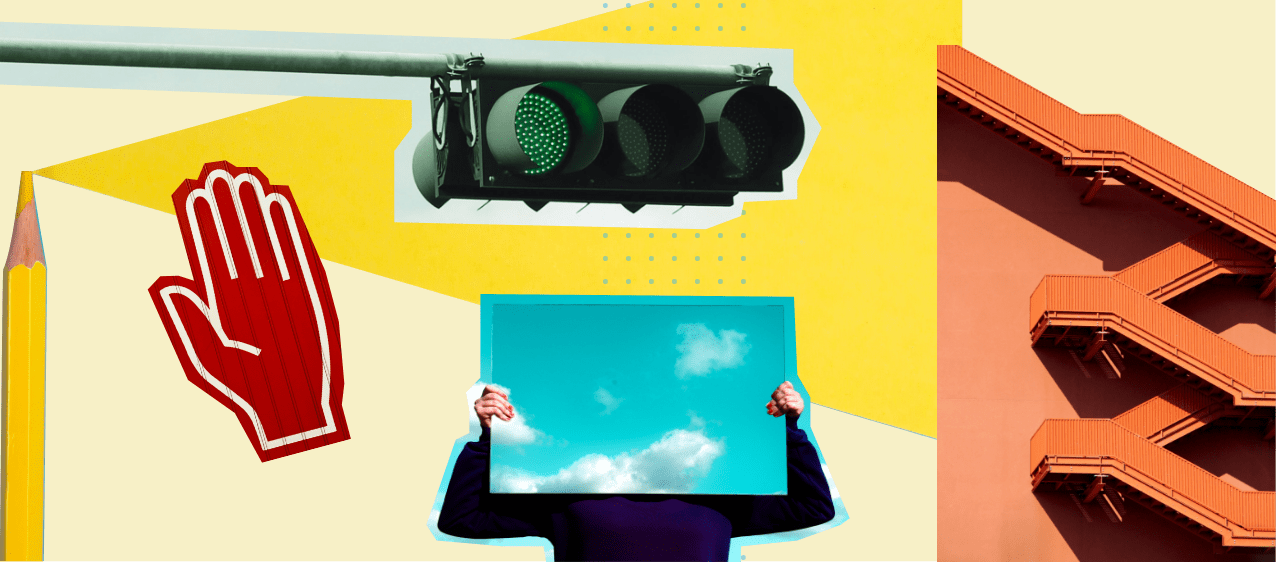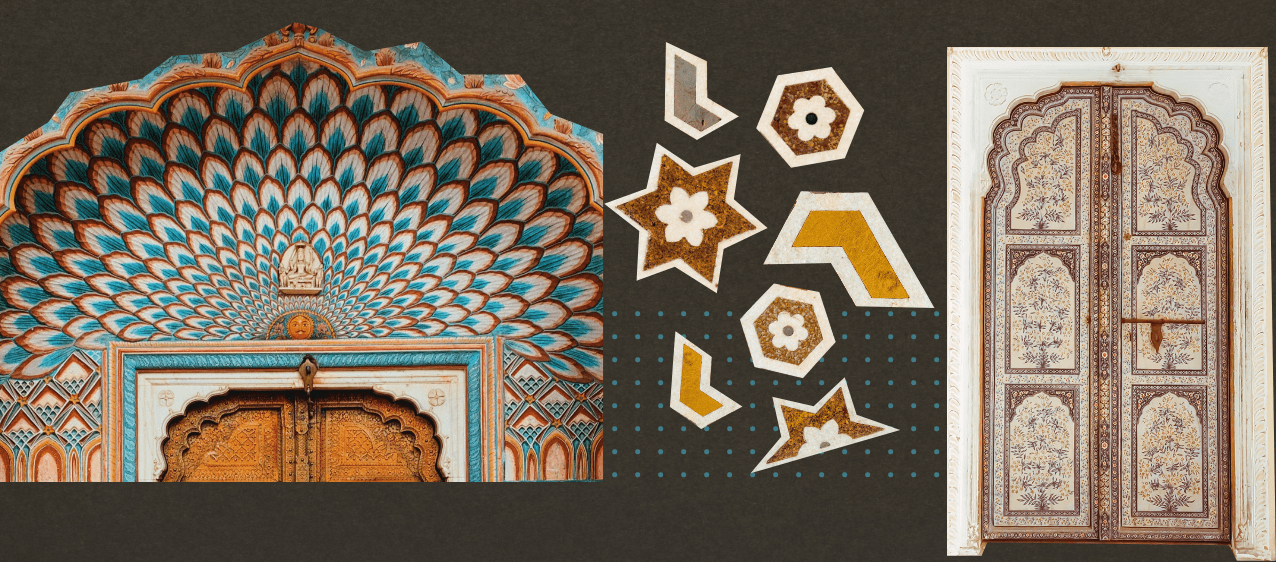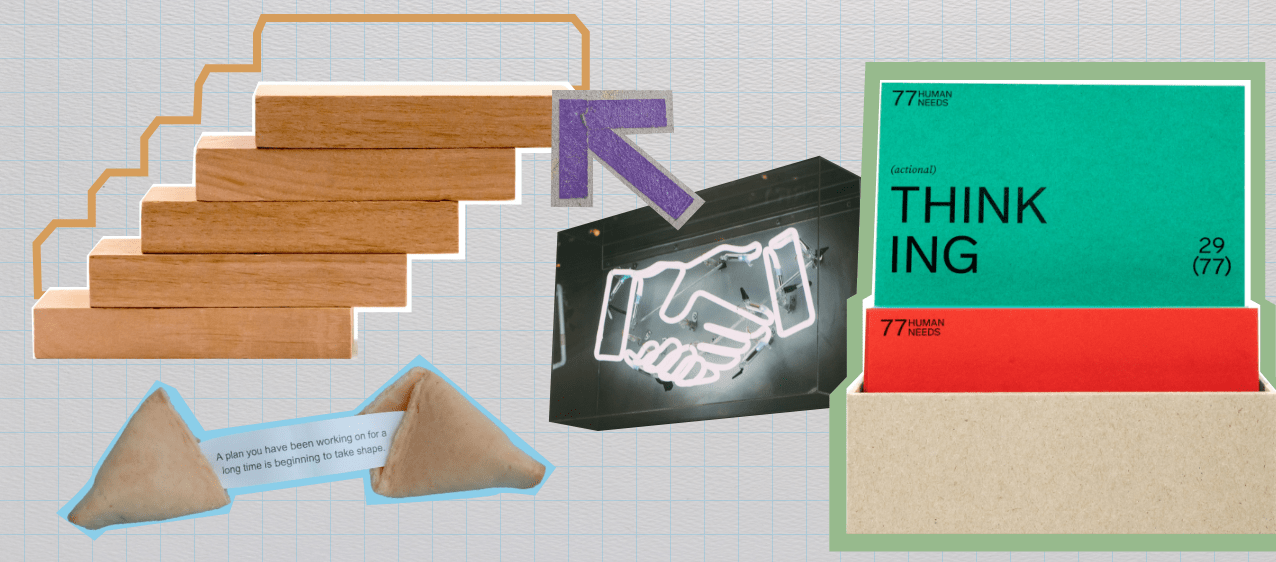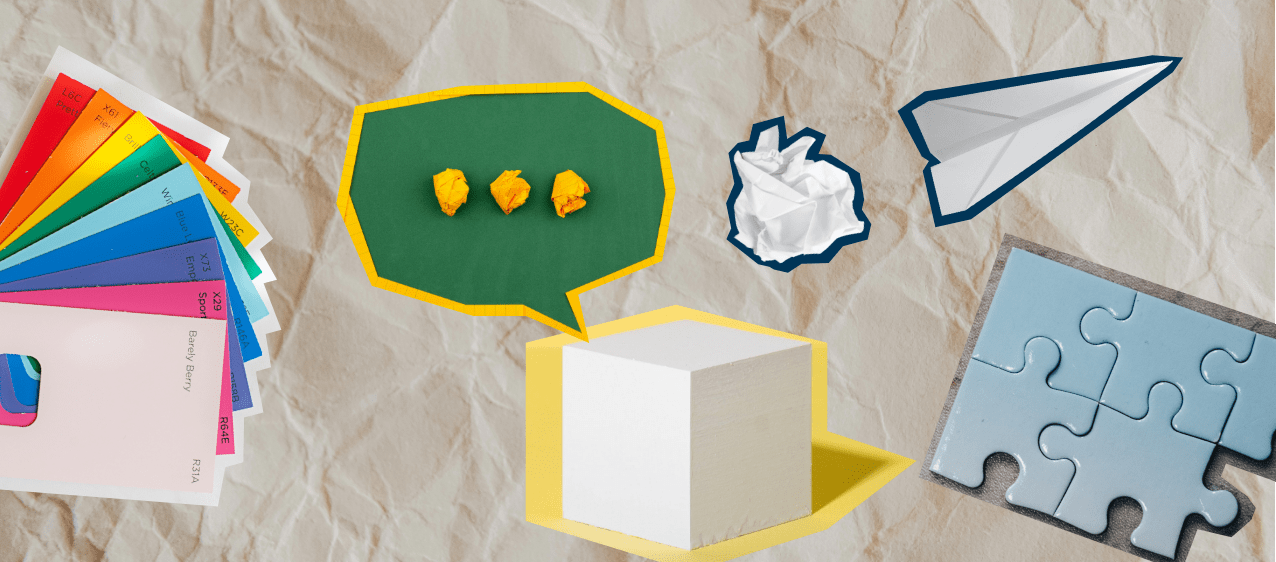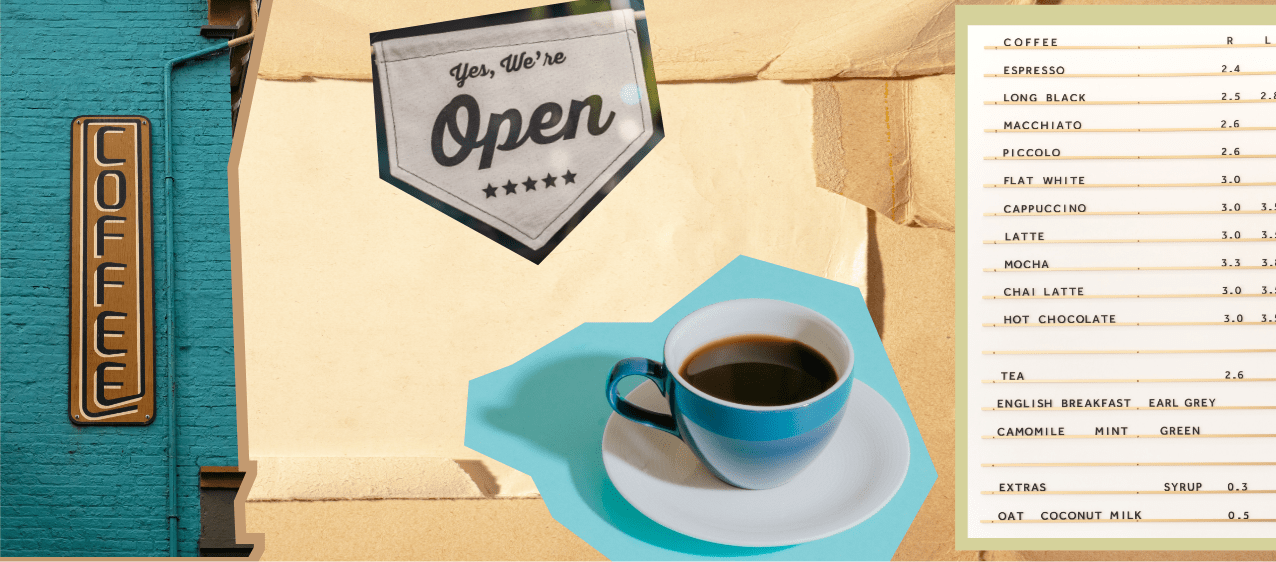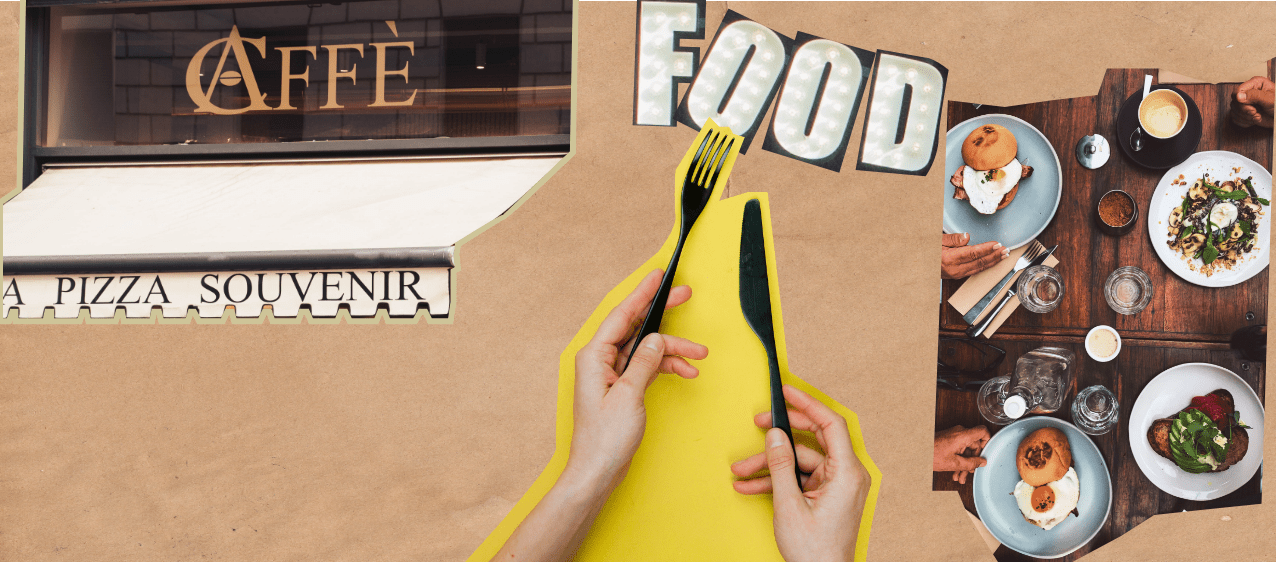User-Centric Design: How it Elevates Brands and Their Digital Experiences
Today almost everything has an app – from dog walking to macro-counting. Our exposure to digital interfaces is at an all-time high (despite the supposed adoption of dumb phones by a few Gen Z). This results in a lot of our behaviour being influenced by our interactions with our smartphones. Hence, how we design our digital ecosystem becomes pivotal to creating positive feedback loops for our brains.
For starters, we must realize design is a journey, not a destination. And we must approach it with a curious and empathetic mind.
The art of design demands more nuance and more context. Designing solely FOR the user is no longer enough rather designing WITH the user is a necessity. Through collaborative design – delving deeper into the challenges they face, and striving to discover the optimal solution, we build something better together.
Failing to design with the user in mind significantly heightens the probability of increasing frustration for the end-users (which almost always leads to drop-off). Unfortunately, teams lack a profound and nuanced understanding of their customers and struggle to comprehend how and where their product fits within existing user behaviours and patterns.
This is an integral part of discovering your product-market fit.
User-centric design, also known as human-centric design, is a practice that actively involves users throughout the various stages of the design process. It is an iterative process that places the user on a tandem bicycle with both the designer and user navigating the journey.
For those wondering if this results in profitability, it sure does. User-centric design serves as a valuable tool for businesses to comprehend and anticipate the requirements of users, as well as their future interactions with a product. When a platform successfully meets user expectations, it results in an enhanced experience. Superior usability of a product or service contributes to business success in many ways, such as:
- Sales: Customers are more likely to purchase a product that effectively solves their needs and also anticipates future ones – festive packs or faster delivery.
- Competitive Edge: Users prefer solutions with minimal resistance.
- Loyalty: A consistently positive experience fosters trust and loyalty among customers.
- Evangelism: Users tend to share their positive experiences with others to influence their choices and seem knowledgeable about their own choices.
- CAC: With sky-high marketing costs, retaining existing users is the holy grail of product design.
By involving users in the design process, solutions can be mapped while necessitating the least change in user behaviour or expectations. Using multiple personas for users also allows us to understand how different users could complete the same task in a unique manner. Additionally, it enables the design of an experience to stretch across a customer lifecycle meaningfully, allowing users to discover the depths of a product as their stickiness and engagement with the app or brand increases over time.
User-centric design allows for the identification of different problem levels, promoting a deeper sense of empathy. Consider the following examples:
- Spotify (Service): Bridging the gap between user desires and existing market solutions by offering a platform where users can pay a nominal fee to enjoy their favourite music instead of purchasing individual albums.
- Swiggy (Feature): Enabling users to track their deliveries by providing precise location information about the delivery person and estimated arrival time.
- Duolingo (Strategy): Making language learning engaging through gamified challenges and bite-sized lessons.
Try these apps to know how good product design can truly improve outcomes for users.
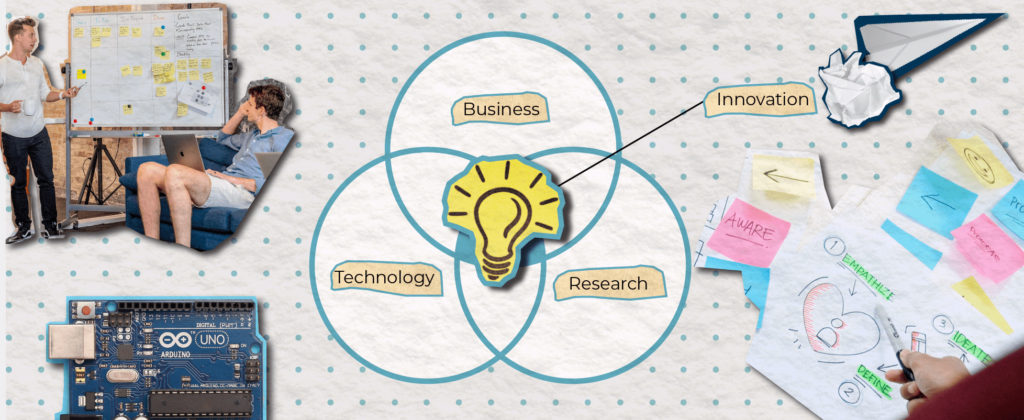
Innovation lies at the intersection of technological advancements, business requirements, and human needs. At Kwazi, we approach user-centred design with a well-defined strategy, here is our ReDID methodology:
- Research: Deeply understanding users, creating a collective profile, and identifying their desires and needs.
- Define: Synthesising analytical data to determine the short and long-term requirements of the business.
- Ideation: Conducting internal and external design activities to benchmark, visualise, and create multiple solutions that align with the problem at hand.
- Design: Crafting a refined and promising solution with a coherent User Interface that is well aligned with a brand’s identity.
We follow the ReDID methodology for most of our projects to ensure effective outcomes.
User-centric design empowers organisations to deliver products that seamlessly integrate into the lives of customers, ultimately helping businesses achieve their goals in a more meaningful way. Given that our interfaces are here to stay, we must find a way to build sustainable and positive relationships with the swipes of the screen.
